Filter data
|
ID |
Nickname |
Country / City |
Languages |
Taxonomies |
Comment |
Project / Group |
Map |

|
32877
|
|
Germany
Bielefeld
|
|
|
—
|
|
|
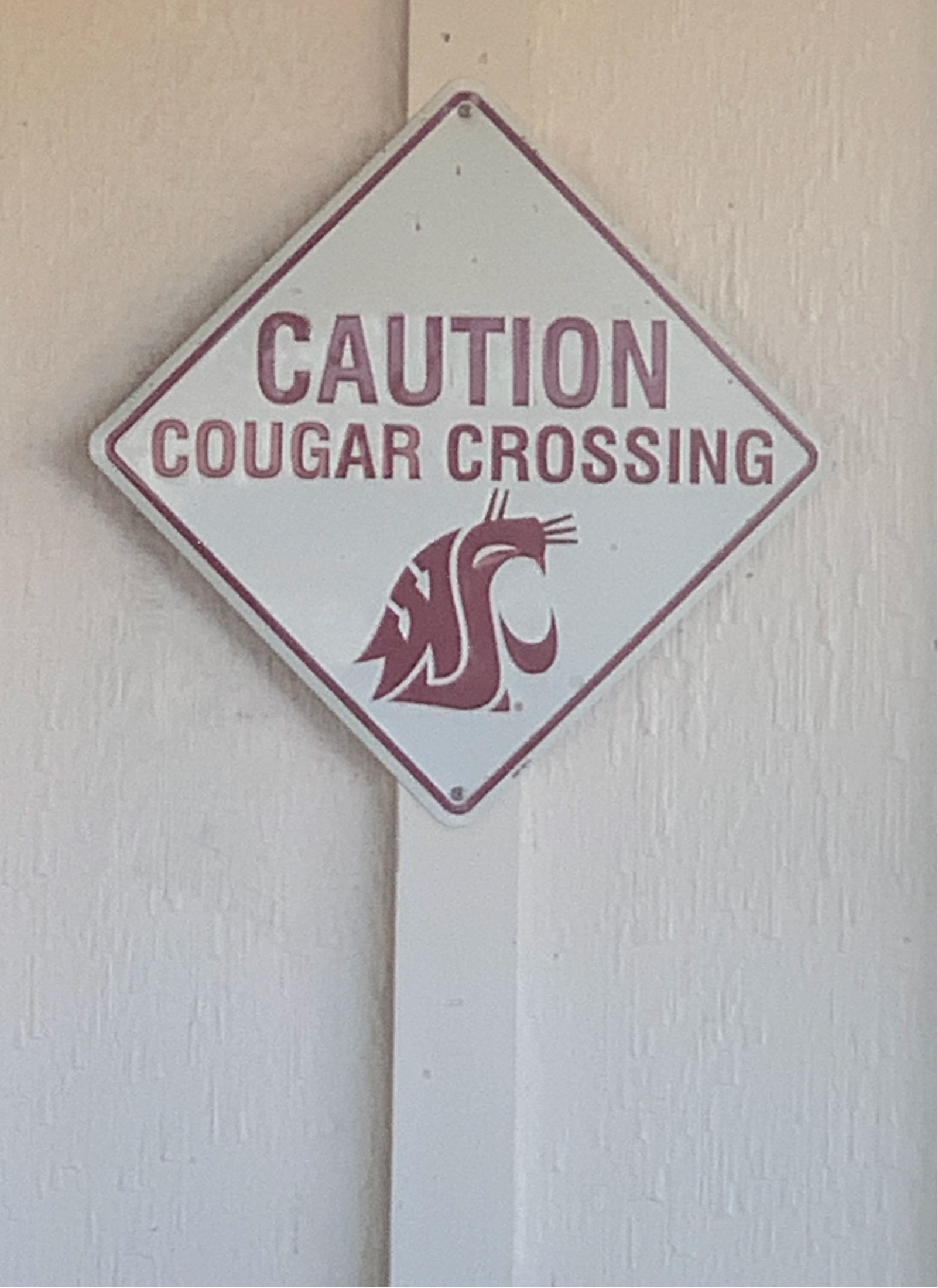
|
32878
|
|
United States
Omak
|
|
|
—
|
|
|

|
32879
|
|
Germany
Stechlin
|
|
|
Vor Nederslag und Kriegsgebäude bewährt Du leider Gott dir Huss lat Füersnot vorüber gahn...
|
|
|
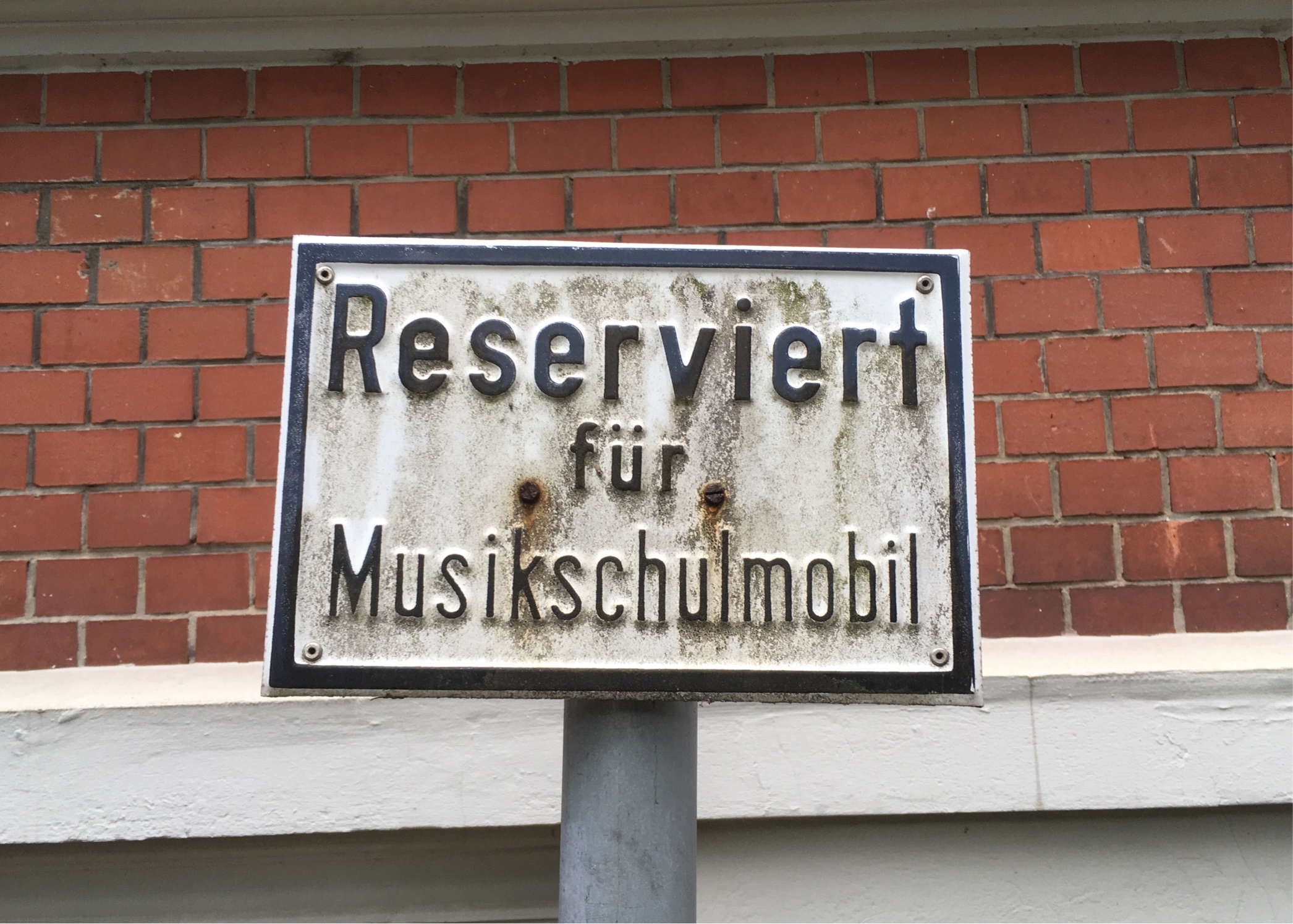
|
32880
|
|
Deutschland
Münster
|
|
|
—
|
|
|

|
32883
|
|
Germany
Ascheberg
|
|
|
—
|
|
|
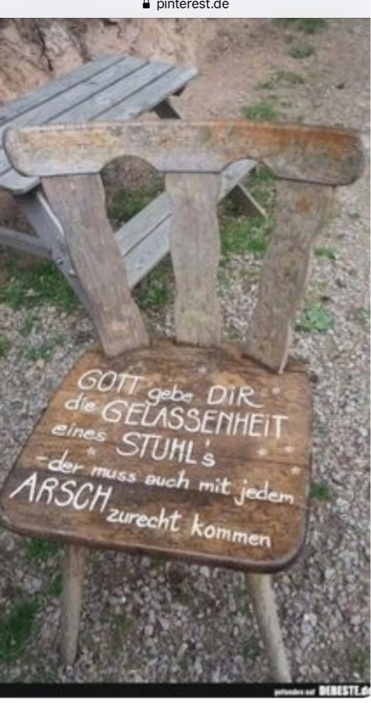
|
32884
|
|
Luxemburg
Luxembourg
|
|
|
—
|
|
|
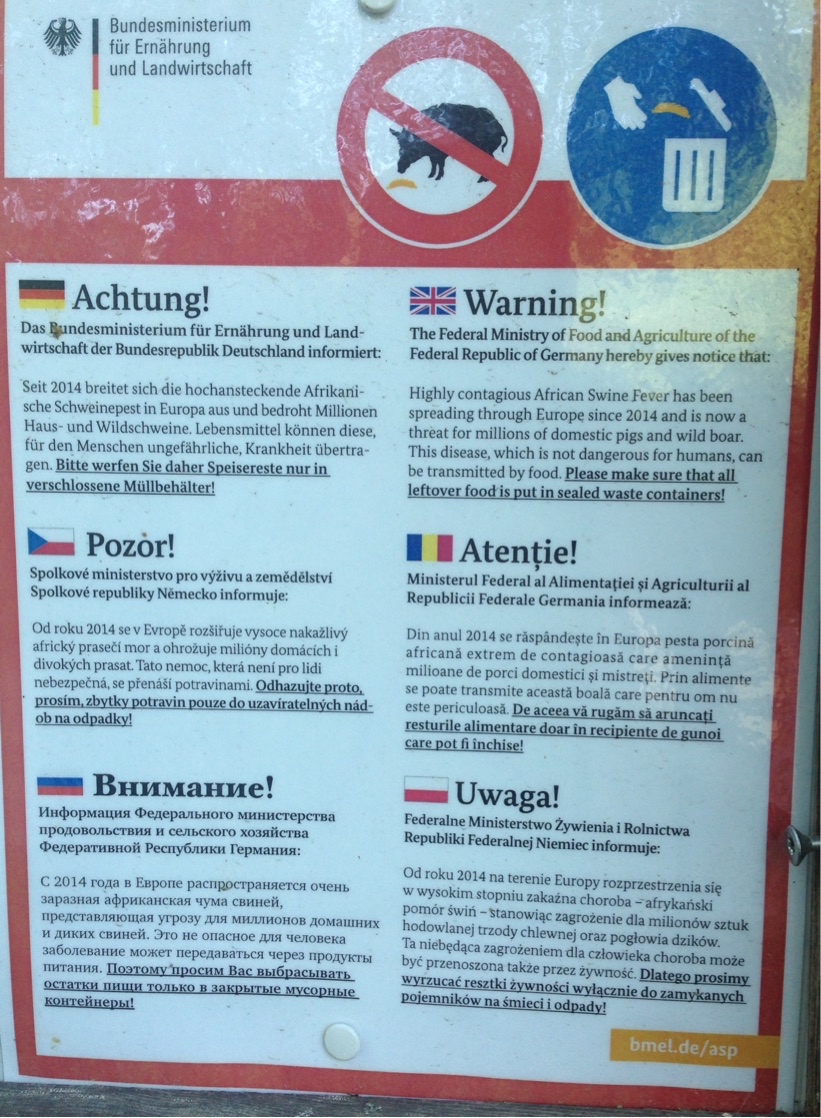
|
32928
|
|
Deutschland
Bielefeld
|
|
|
—
|
|
|

|
32929
|
|
Deutschland
Bielefeld
|
|
|
—
|
|
|
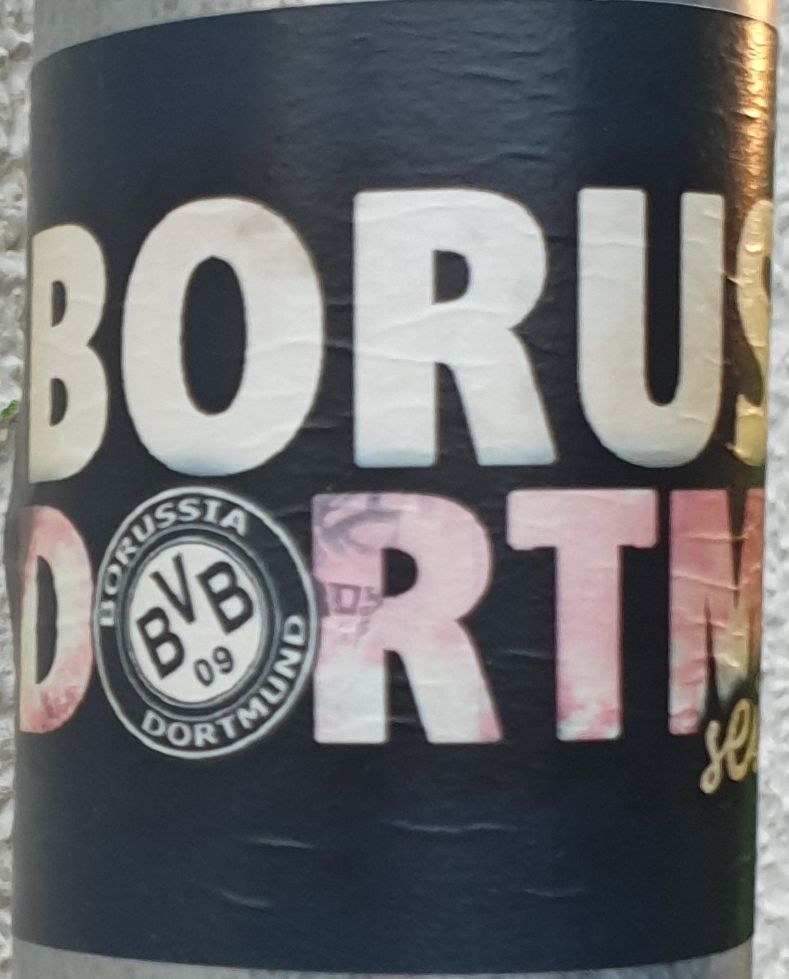
|
32930
|
|
Germany
Bielefeld
|
|
|
Sticker 'Borussia Dortmund'
|
|
|
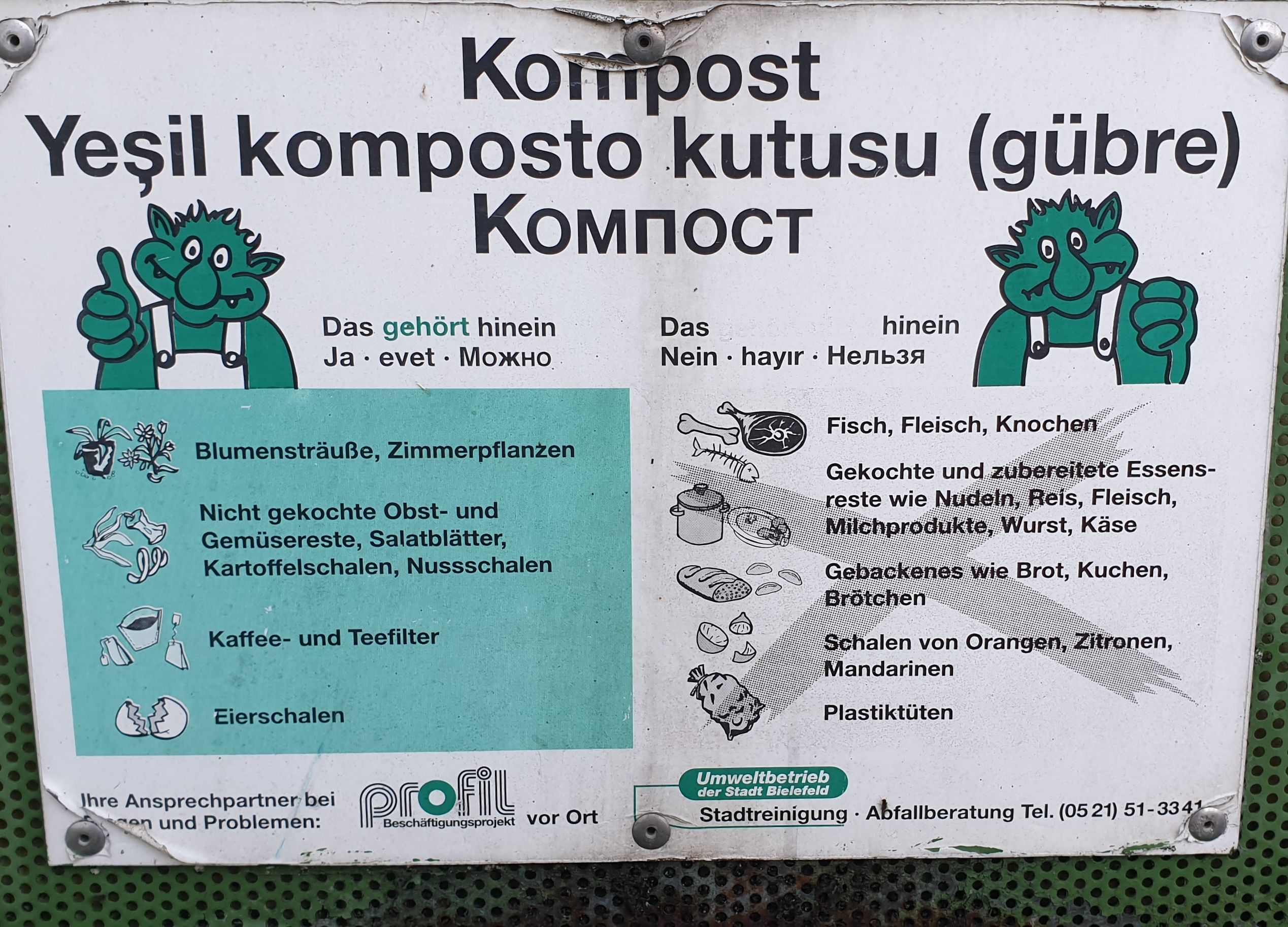
|
32931
|
|
Germany
Bielefeld
|
|
|
—
|
|
|
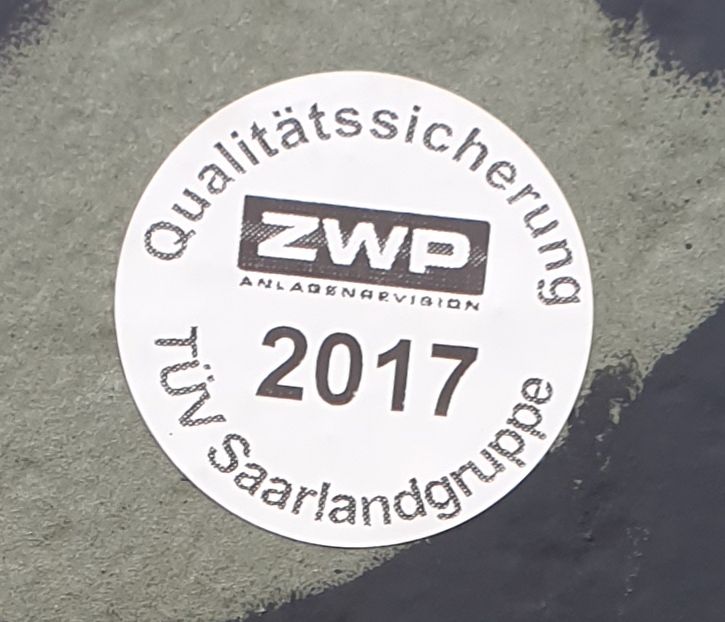
|
32932
|
|
Germany
Bielefeld
|
|
|
—
|
|
|
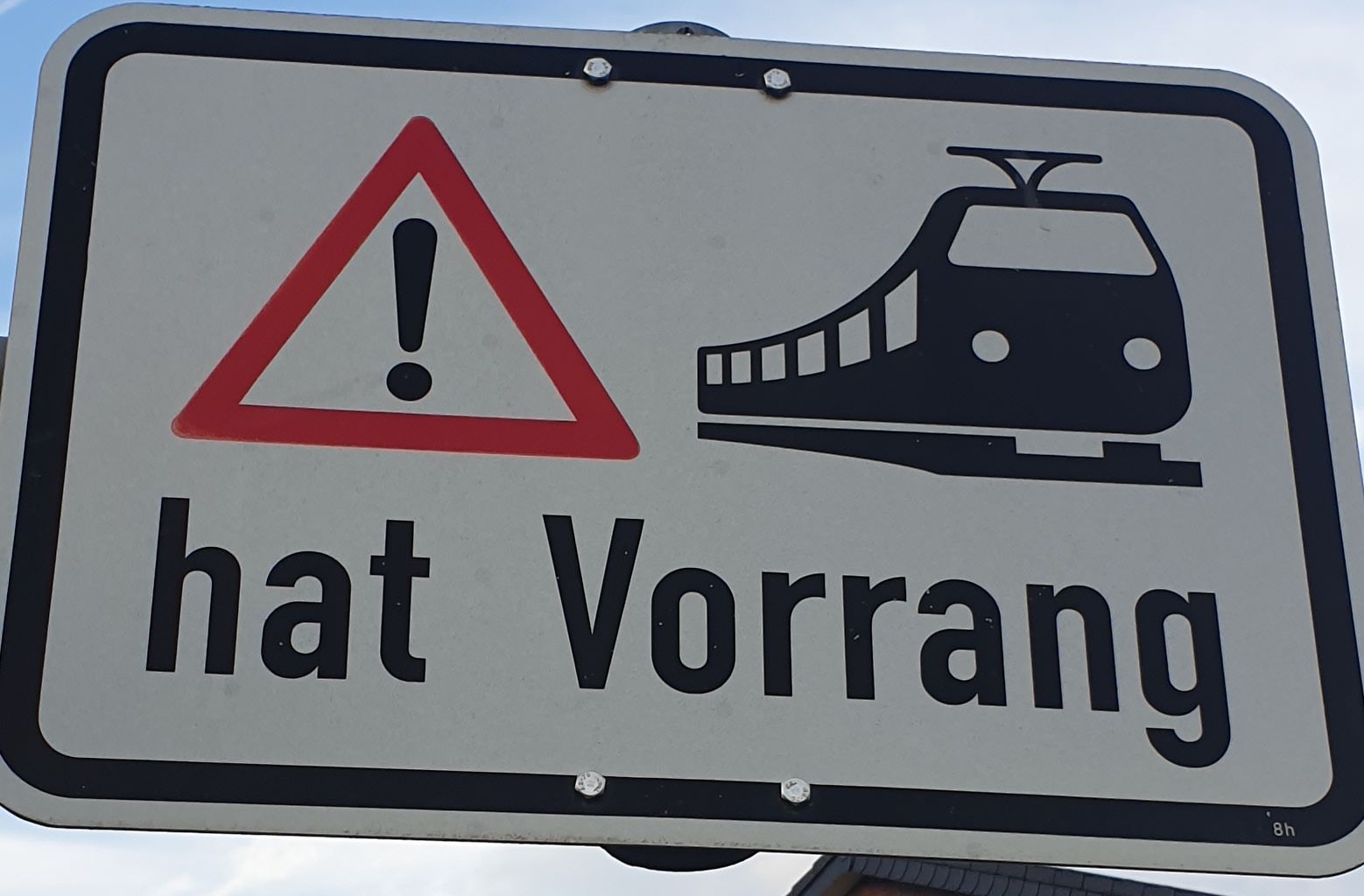
|
32933
|
|
Germany
Bielefeld
|
|
|
—
|
|
|
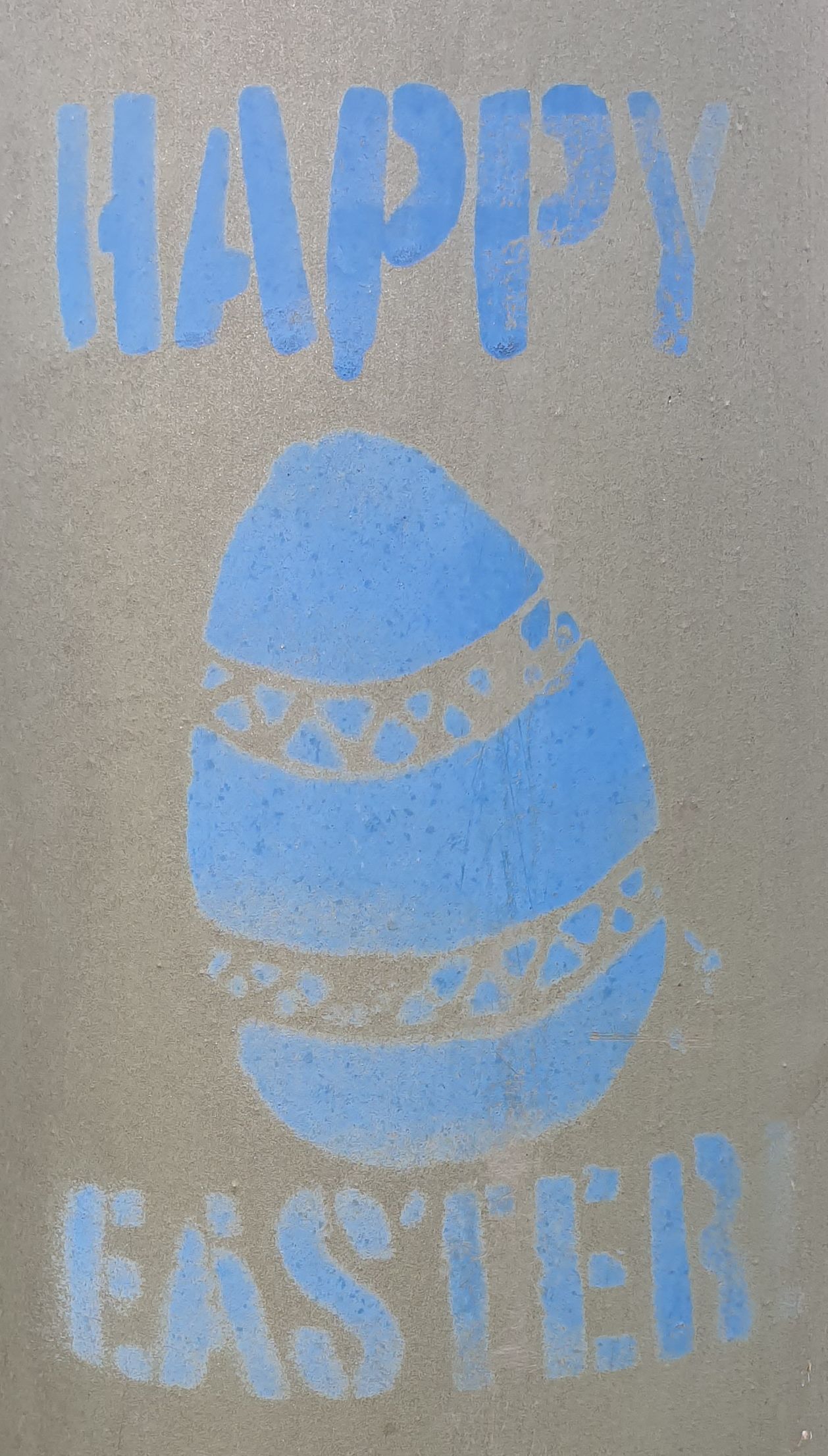
|
32934
|
|
Germany
Bielefeld
|
|
|
—
|
|
|
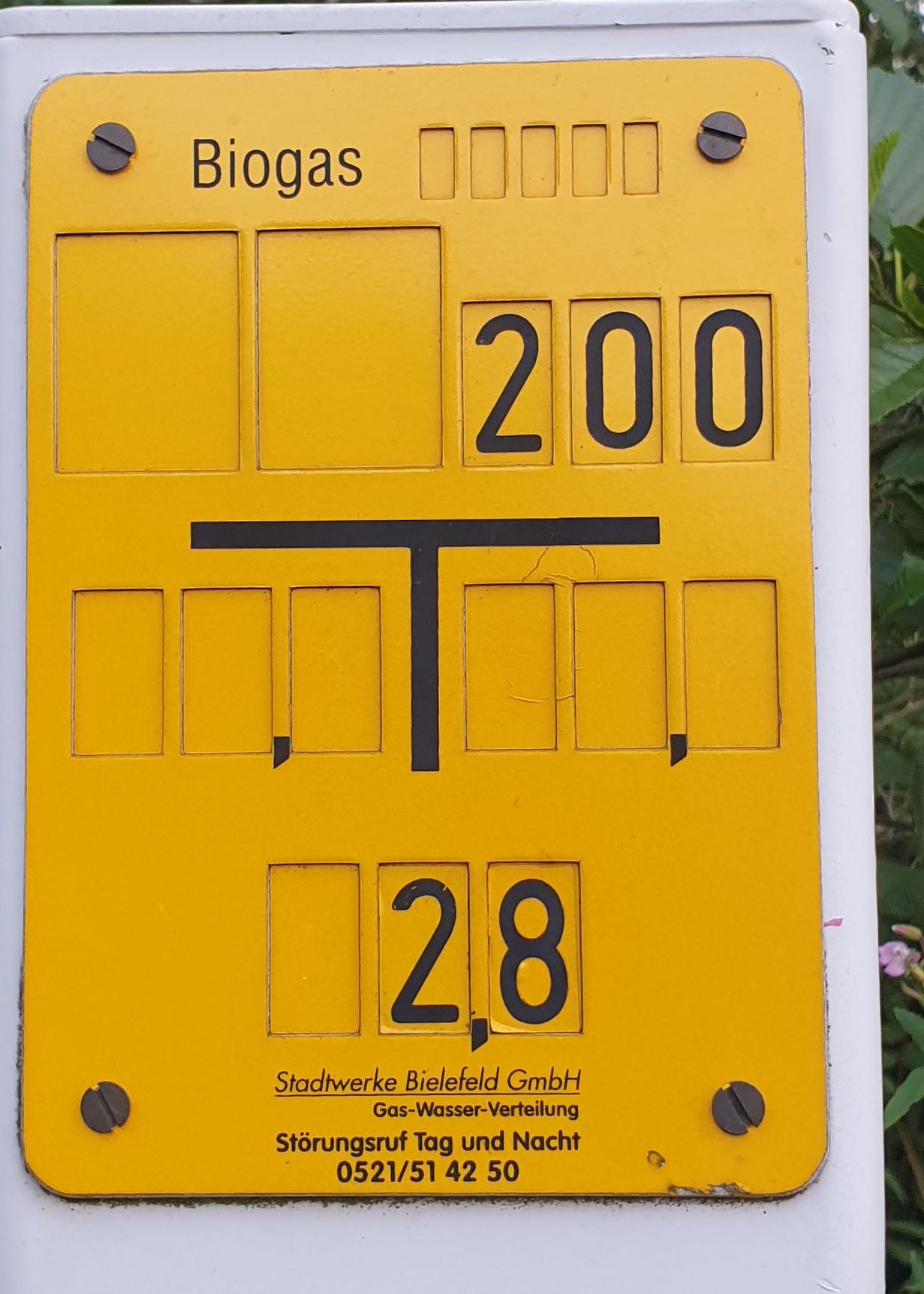
|
32935
|
|
Germany
Bielefeld
|
|
|
—
|
|
|
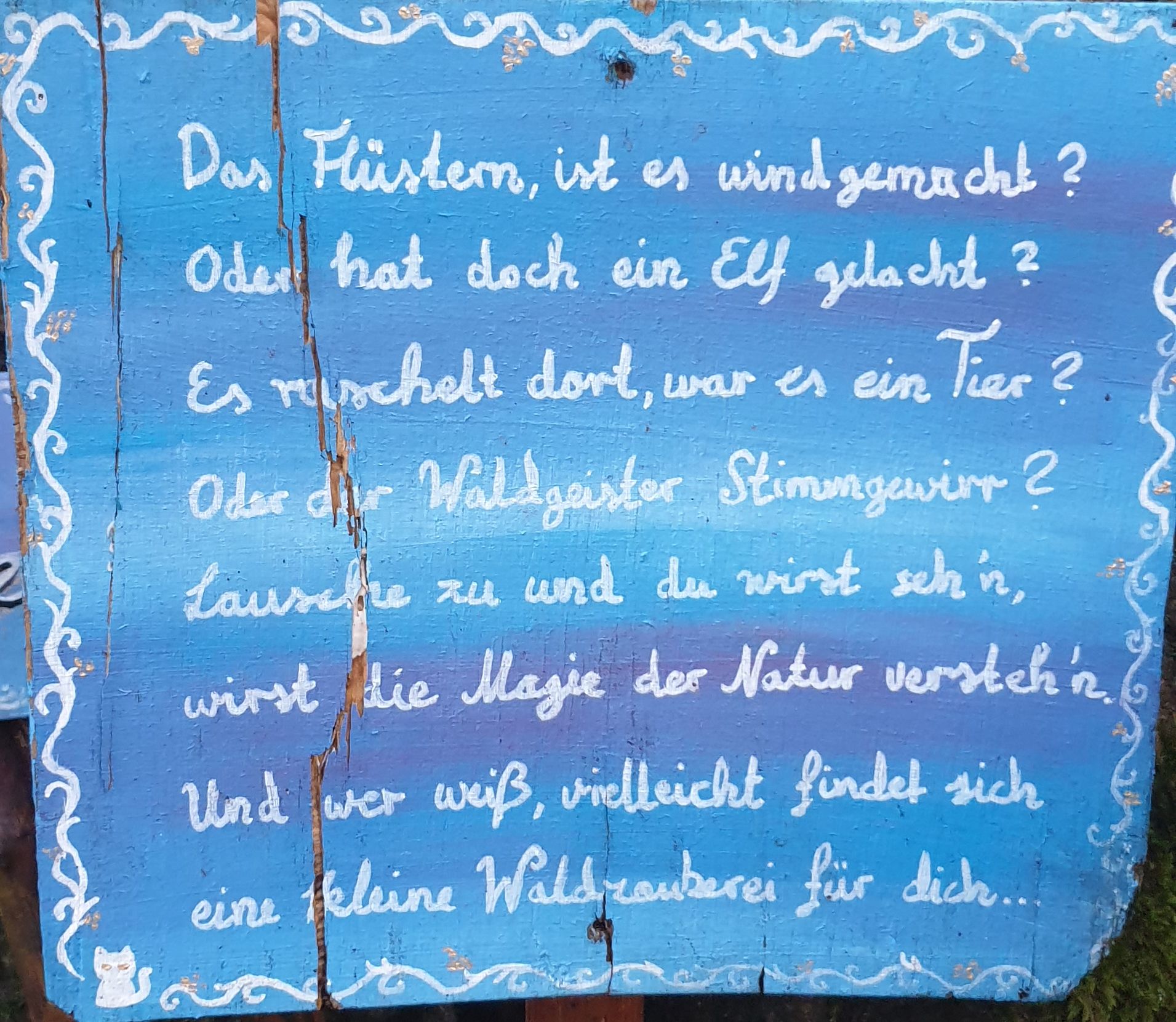
|
32936
|
|
Germany
Bielefeld
|
|
|
—
|
|
|
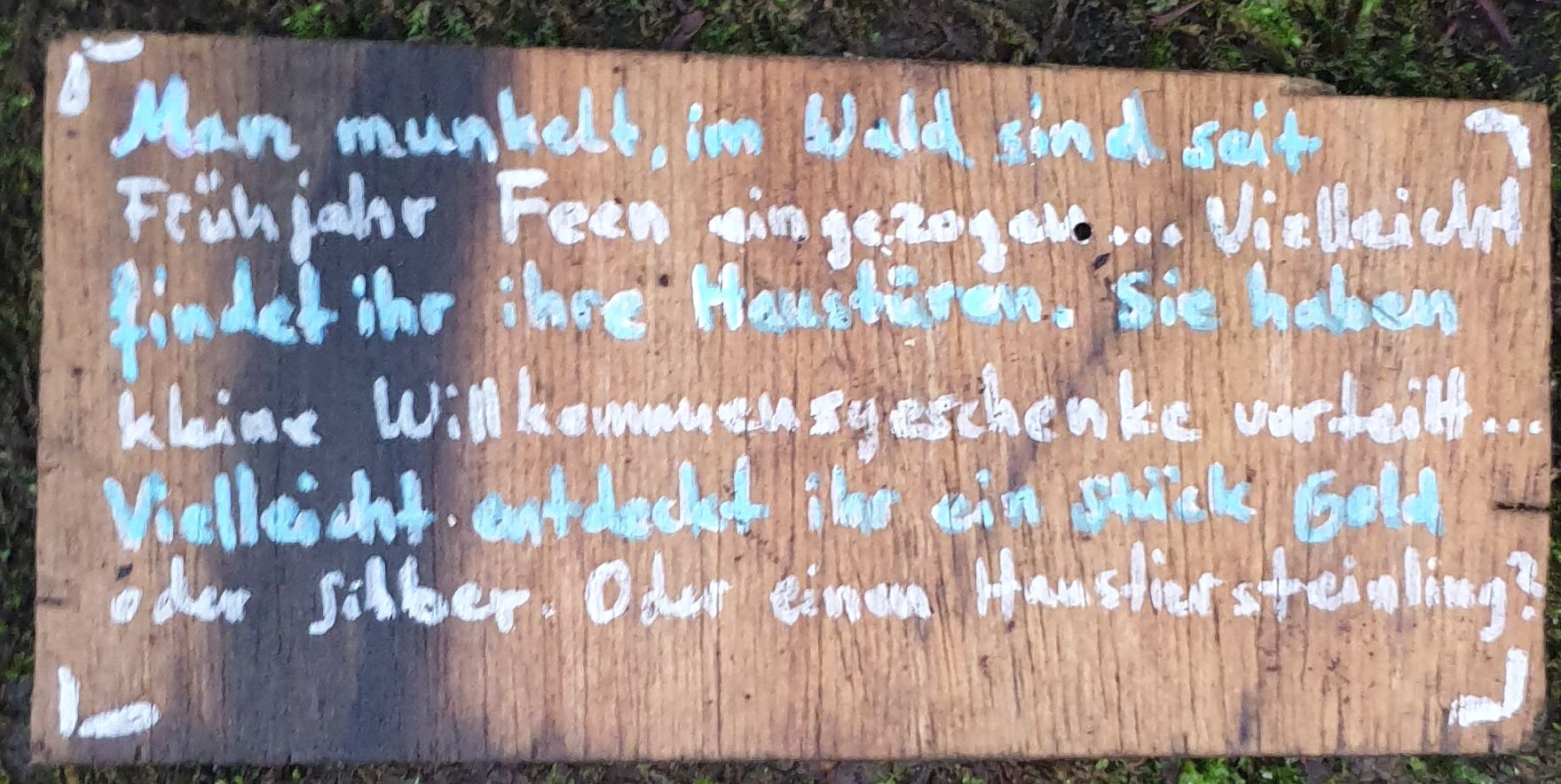
|
32937
|
|
Germany
Bielefeld
|
|
|
—
|
|
|

|
32938
|
|
Germany
Bielefeld
|
|
|
—
|
|
|
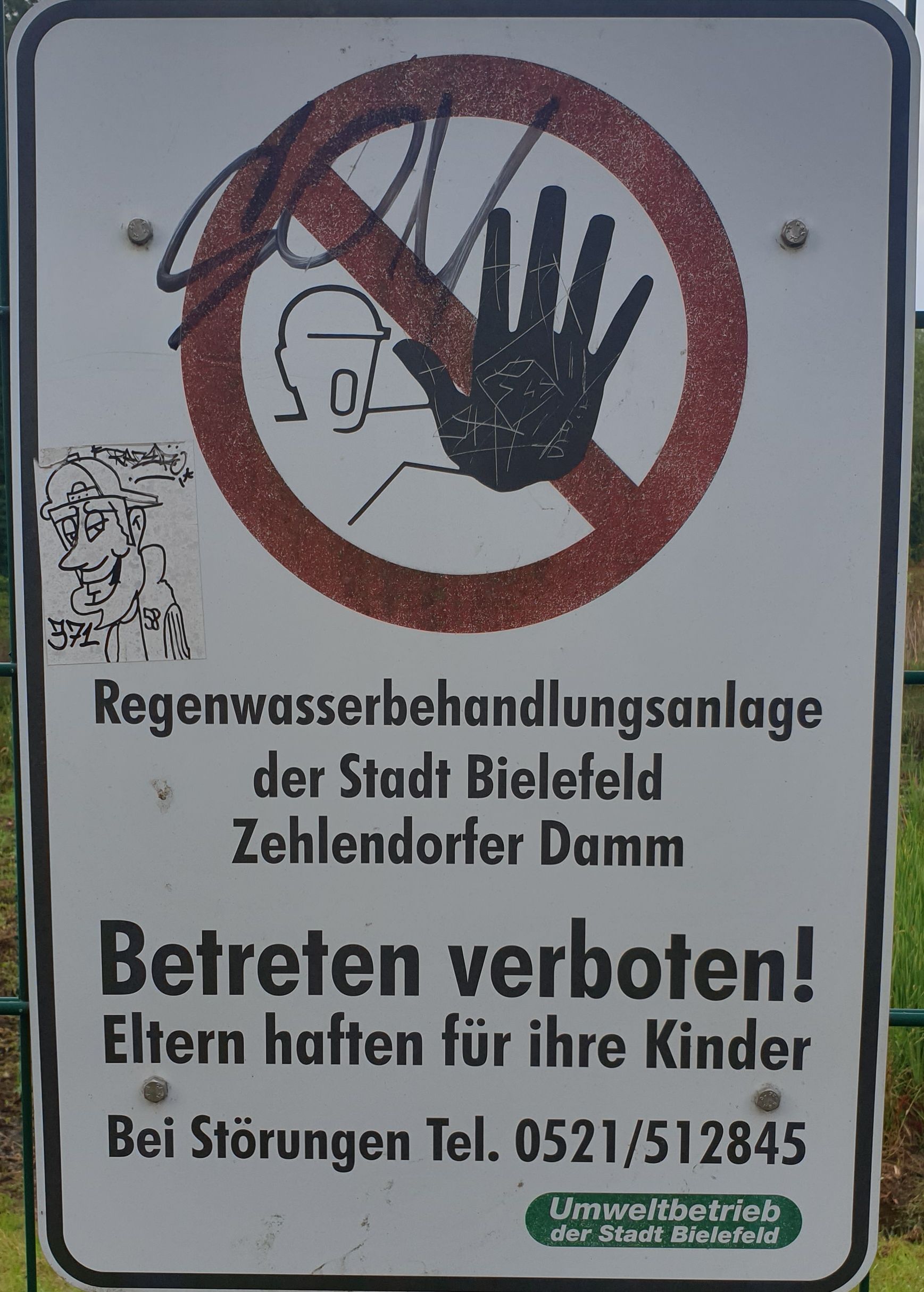
|
32939
|
|
Germany
Bielefeld
|
|
|
—
|
|
|
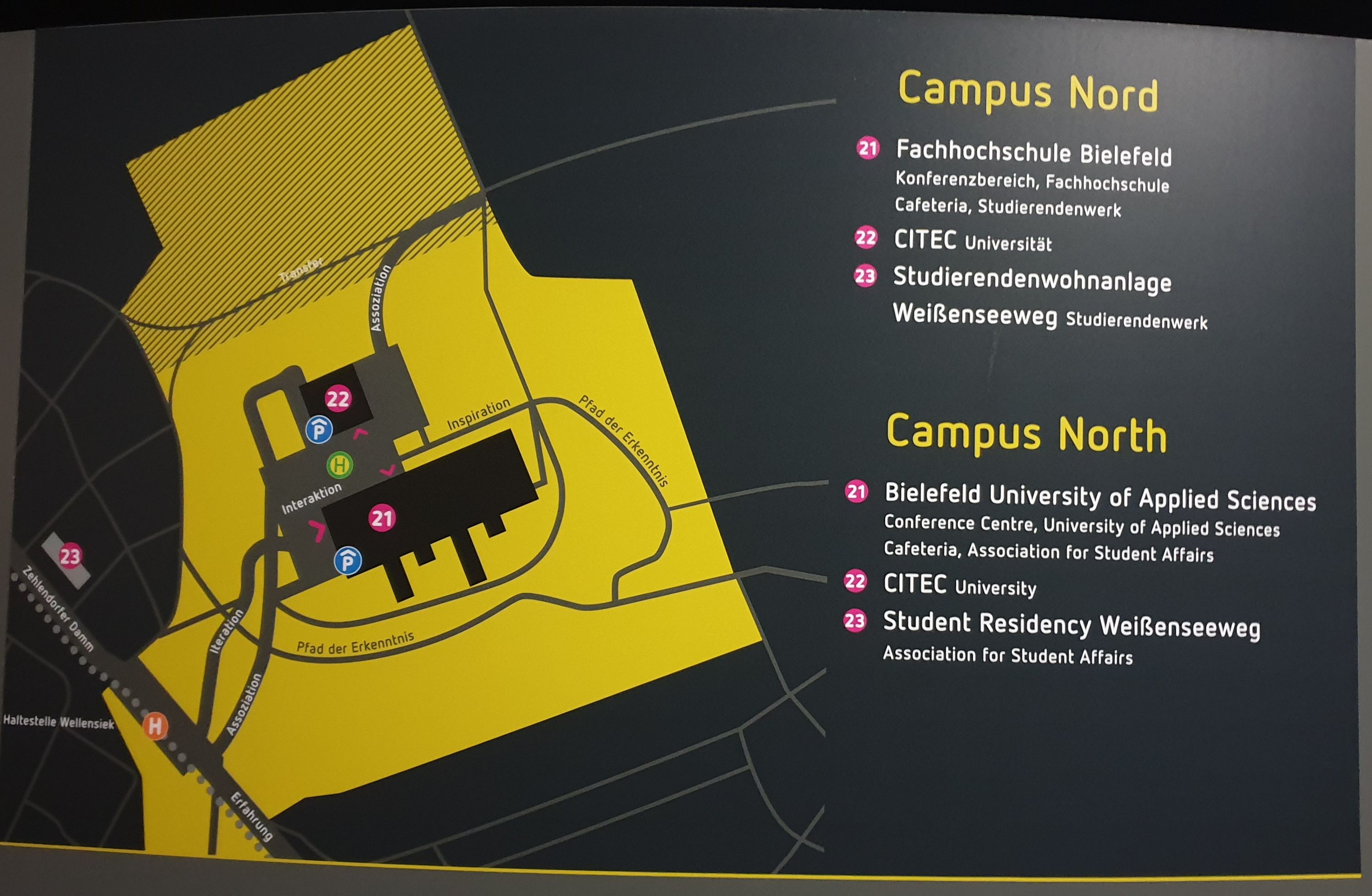
|
32940
|
|
Germany
Bielefeld
|
|
|
—
|
|
|
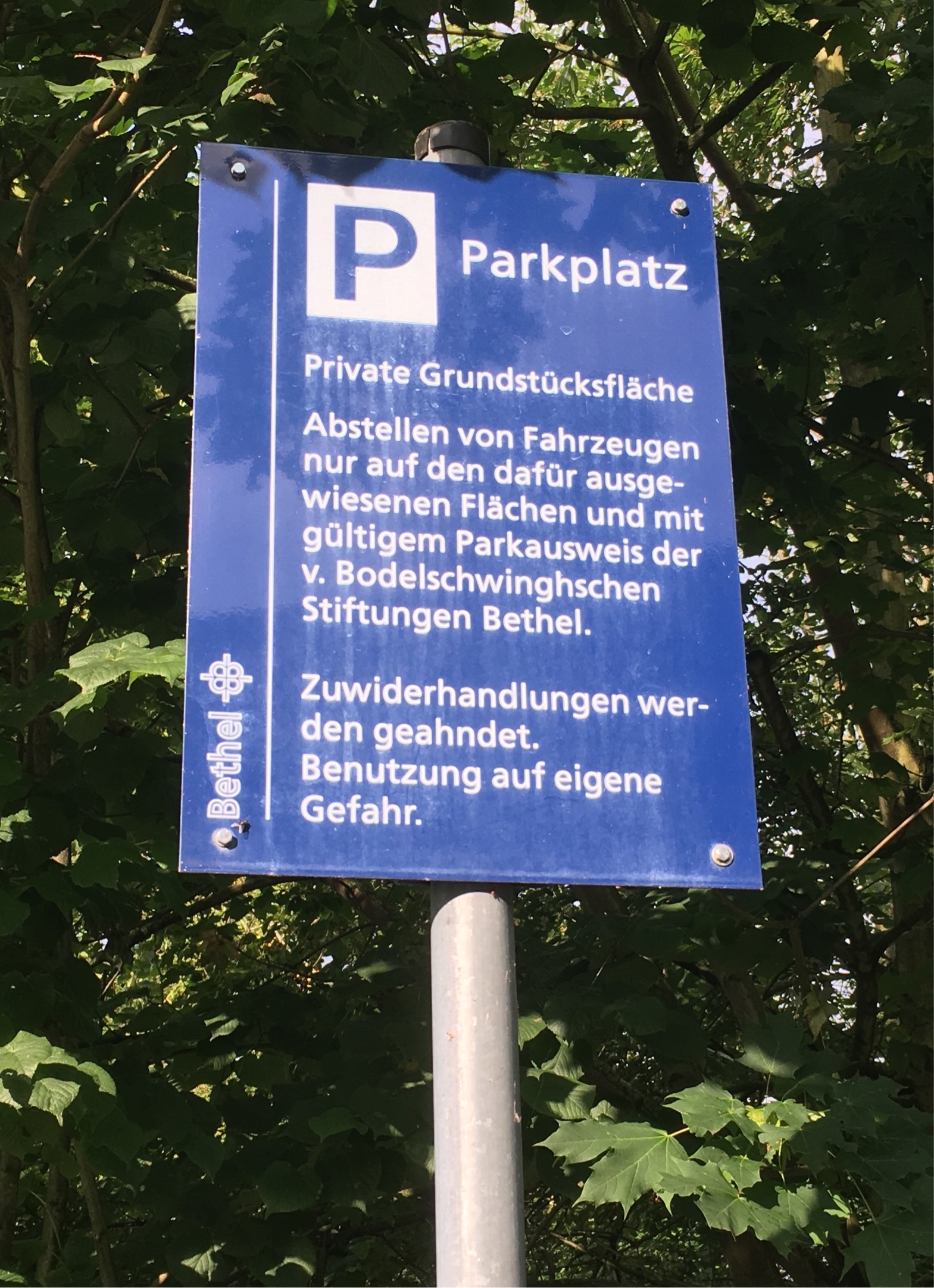
|
32941
|
|
Deutschland
Bielefeld
|
|
|
—
|
|
|